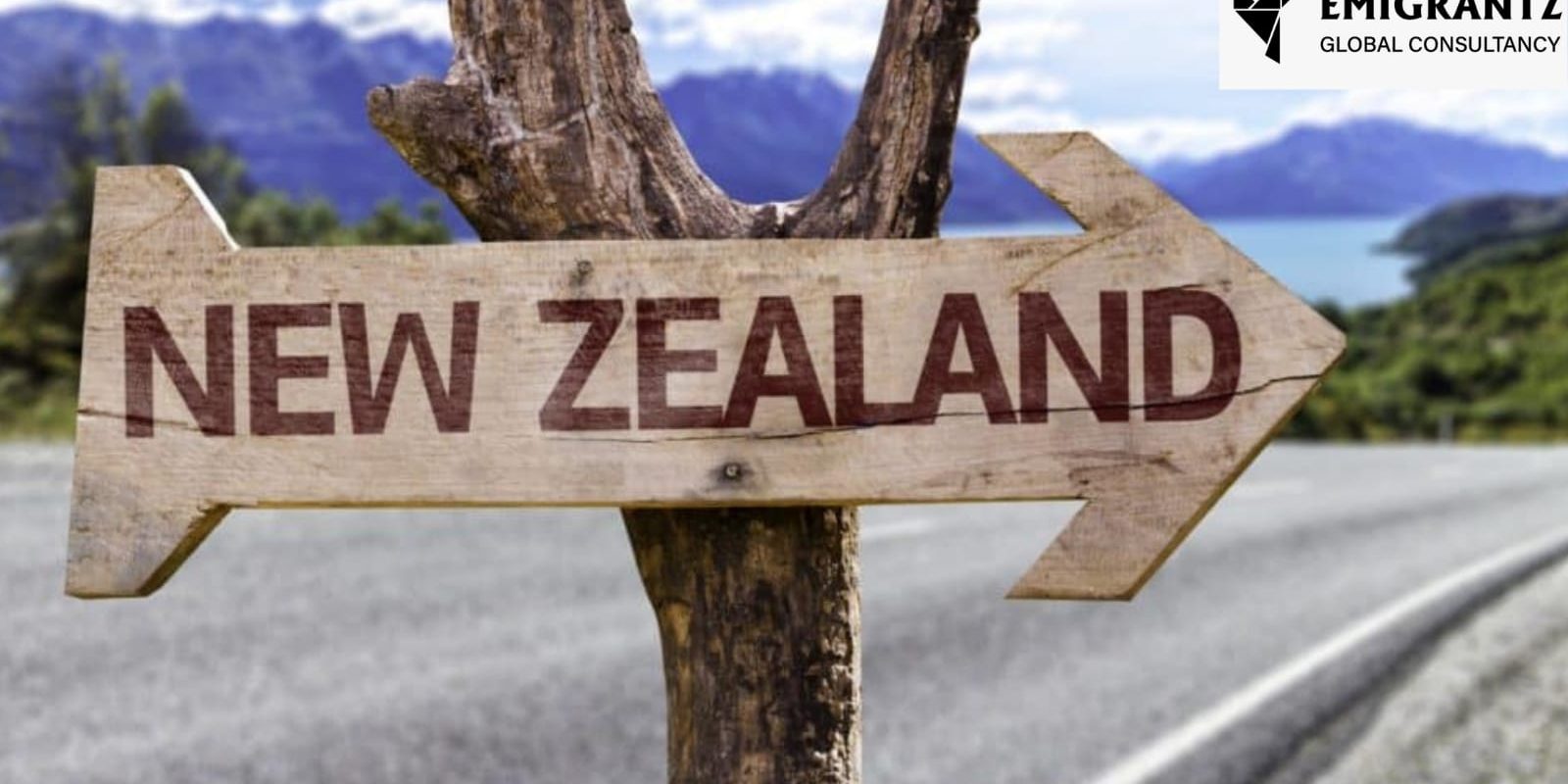The proposal, unveiled by Democrats on Capitol Hill, offers an eight-year path to citizenship for most of the 11 million undocumented immigrants in the United States, eliminates restrictions on family-based immigration and expands worker visas. Senator Ted Cruz’s decision to fly to Cancun as Texas was battered by a storm sparks an outcry.
Biden Campaign Promises
President-elect Biden outlined his program for immigration reform during the campaign. It contained the following key promises:
- Immediately reverse the Trump Administration’s policies that separate parents from their children at our border.
- End Trump’s asylum policies.
- End prolonged detention and reinvest in a case management program.
- Reverse Trump’s public charge rule
- End the so-called National Emergency that siphons federal dollars from the Department of Defense to build a wall.
- Protect Dreamers and their families.
- Rescind the so-called “Muslim bans.”
- Order an immediate review of Temporary Protected Status (TPS) for vulnerable populations who cannot find safety in their countries ripped apart by violence or disaster.
- Ensure that Immigration and Customs Enforcement (ICE) and Customs and Border Protection (CBP) personnel abide by professional standards and are held accountable for inhumane treatment.
The Biden Commitment to a Fair and Humane Immigration System
- Joe Biden understands the pain felt by every family across the U.S. that has had a loved one removed from the country, including under the Obama-Biden Administration, and he believes we must do better to uphold our laws humanely and preserve the dignity of immigrant families, refugees, and asylum-seekers.
- The Obama-Biden Administration strongly supported the bipartisan comprehensive immigration solution that passed the Senate in 2013 and which would have put our country’s immigration policies on a much stronger footing. When the Republican House refused to even bring that bill to a vote, the Administration took action to fundamentally change the course of our nation’s immigration policies, offering relief and stability to hundreds of thousands of undocumented immigrants who contribute to our communities every single day.
- As Vice President, Biden championed the creation and expansion of the Deferred Action for Childhood Arrivals (DACA) program; the Deferred Action for Parents of Americans (DAPA) program; the Central American Minors program, which allowed parents with legal status in the U.S. to apply to bring their children up from Central America to live with them; and the creation of a White House task force to support new Americans and help them integrate into their new homes and communities.
- In a departure from their predecessors, the Obama-Biden administration took steps to prioritize enforcement resources on removing threats to national security and public safety, not families. It also issued guidance designed to end mass work-place raids and to prevent enforcement activities at sensitive locations such as schools, hospitals, and places of worship.
- Critically, the Obama-Biden administration recognized that irregular migration from the Northern Triangle countries of Central America cannot be effectively addressed if solutions only focus on our southern border. The better answer lies in addressing the root causes that push desperate people to flee their homes in the first place: violence and insecurity, lack of economic opportunity, and corrupt governance. As Vice President, Biden spearheaded the administration’s efforts in El Salvador, Guatemala, and Honduras–bringing high-level attention to these issues and securing bipartisan support for a $750 million aid package to help the Northern Triangle countries implement critical, concrete reforms. These efforts were beginning to deliver results and reduce migration rates until Trump froze the majority of the funding, began his campaign to terrorize immigrants and assault the dignity of the Latino community, and created the current humanitarian crisis at our border with his irresponsible and inhumane policies.
- As president, Biden will finish the work of building a fair and humane immigration system–restoring the progress Trump has cruelly undone and taking it further. He will secure our border, while ensuring the dignity of migrants and upholding their legal right to seek asylum. He will enforce our laws without targeting communities, violating due process, or tearing apart families. He will ensure our values are squarely at the center of our immigration and enforcement policies.
President Biden has issued the following immigration-related Executive Orders (EOs) and administrative policy changes:
- Proclamation on Ending Discriminatory Bans on Entry to The United States
- Executive Order on the Revision of Civil Immigration Enforcement Policies and Priorities
- Preserving and Fortifying Deferred Action for Childhood Arrivals (DACA)
- Proclamation on the Termination Of Emergency With Respect To The Southern Border Of The United States And Redirection Of Funds Diverted To Border Wall Construction
- Executive Order on Ensuring a Lawful and Accurate Enumeration and Apportionment Pursuant to the Decennial Census
- Memorandum Reinstating Deferred Enforced Departure for Liberians
- US Citizenship Act
- DHS Statement on the Suspension of New Enrollments in the Migrant Protection Protocols Program
- Proclamation on the Suspension of Entry as Immigrants and Non-Immigrants of Certain Additional Persons Who Pose a Risk of Transmitting Coronavirus Disease
- Executive Order on Creating a Comprehensive Regional Framework to Address the Causes of Migration, to Manage Migration Throughout North and Central America, and to Provide Safe and Orderly Processing of Asylum Seekers at the United States Border
- Executive Order on Restoring Faith in Our Legal Immigration Systems and Strengthening Integration and Inclusion Efforts for New American
- Executive Order on the Establishment of Interagency Task Force on the Reunification of Families
- Executive Order on Rebuilding and Enhancing Programs to Resettle Refugees and Planning for the Impact of Climate Change on Migration
- Memorandum for the Secretary of State on the Emergency Presidential Determination on Refugee Admissions for Fiscal Year 2021
- A Proclamation on the Suspension of Entry as Nonimmigrants of Certain Additional Persons Who Pose a Risk of Transmitting Coronavirus Disease 2019
- Memorandum for the Secretary of State on the Emergency Presidential Determination on Refugee Admissions for Fiscal Year 2021
Emigrantz Global Consultancy registered and partnered with ICCRC (ICCRC – R407847) has more than a decade’s experience in the immigration industry. We have been fulfilling the needs of Permanent residency, student visa, business visa and work permit aspirants for Canada along with other countries.
We are just a call / email away to help you in making your dreams come true.
Contact us on : +966-547598555 / 966-569521000 / 966-541219841
Email : info@emigrantz.com / contact@emigrantz.com








